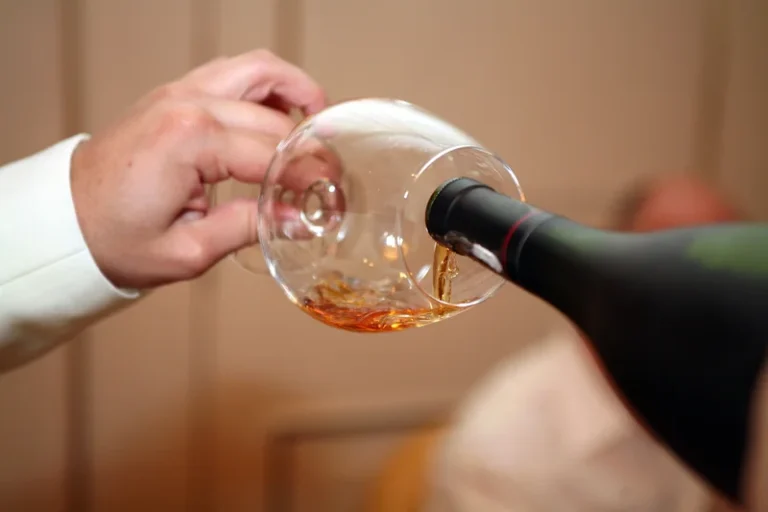Pink Cloud Syndrome: The Euphoria Following Recovery
During the ‘Pink Cloud’ phase, individuals often feel a surge of energy, joy, and confidence. They may also have a newfound enthusiasm for their sobriety and the changes they are making in their lives. It’s a normal phenomenon when we’ve escaped a sure sentence to jails or death.
Pink Cloud Syndrome: How Dangerous Is It?
As you go through recovery and experience positive changes, your brain starts to rebalance itself. Heidi Borst is a freelance journalist, healthcare content writer and certified nutrition coach with a love of all things health and wellness. Her work has appeared in The New York Times, The Washington Post, National Geographic, Good Housekeeping, MSN, Yahoo and more. Based in Wilmington, North Carolina, Borst is a lifelong runner and general fitness enthusiast who is passionate about the physical and mental benefits of sleep and self-care.
Comprehensive Alcohol Addiction Treatment at The Recovery Village Cherry Hill
Your self-esteem can skyrocket, making you feel invincible and capable of overcoming the challenges of recovery. Although this may sound great, it can negatively affect your recovery. Call Eudaimonia Recovery Homes today to learn more about our sober living homes, IOP, and MAP Support Program for men and women in recovery. It’s healthy to make time not just for the things you have to do, but also the things you enjoy doing.
What Is the Pink Cloud of Recovery?
When this condition wears off, the post-acute withdrawal syndrome is quick to take over. Individuals can begin to notice symptoms like dizziness, headaches, nausea, vomiting, and so on. These uncomfortable feelings can make it more challenging for the recovering addict, making them more likely to relapse to avoid these uncomfortable feelings. This syndrome is noticeable in some people within a few days, while others only start to feel the effects after a few weeks have passed. As the field of addiction treatment alcohol and acutane evolves, research continues to explore the nuances of the ‘Pink Cloud’ and its implications for recovery programs.
A treatment center will attempt to verify your health insurance benefits and/or necessary authorizations on your behalf. Please note, this is only a quote of benefits and/or authorization. We cannot guarantee payment or verification eligibility as conveyed by your health insurance provider will be accurate and complete.
Get Professional Help
- Finally being sober and seeing the real world will bring them stronger sensations.
- After detox, patients usually enter a rehab program which can be conducted in inpatient or outpatient settings.
- As you go through recovery and experience positive changes, your brain starts to rebalance itself.
- Now is a great time to learn more about the steps and typical phases of addiction recovery.
- This syndrome is noticeable in some people within a few days, while others only start to feel the effects after a few weeks have passed.
Without drugs and alcohol in your system, you’ll start feeling positive feelings that have been suppressed. The highest likelihood of relapse is during or directly after this phase. People recovering from a drug or alcohol addiction still have mental health issues that make them vulnerable to relapse. To manage pink cloud, a treatment plan is vital, says Sternlicht.
Overloading on goals or new habits can backfire if you get burned out and don’t feel up to doing much of anything. The good things in life will still be there; they don’t fade when the euphoria does. She goes on to explain mixing molly and weed this often happens when people don’t experience as much change as they did early on, or when the reality of having to make consistent small decisions begins to overwhelm them. As part of recovery, you’ll begin getting back in touch with the challenges of daily life. In most cases, you’ve just come through on the other side of withdrawal, which probably involved quite a bit of physical and emotional distress.
While it can provide a much-needed boost of confidence and happiness, there is a dark side to this syndrome. It can give a false sense of security, leading individuals to believe they have conquered their addiction, thus diminishing the perceived need for ongoing support and therapy. Therefore, recognizing the ‘Pink Cloud’ and managing expectations during this phase is important to a sustainable recovery journey. Pink clouding, or pink cloud syndrome, describes a stage of early addiction recovery that involves feelings of euphoria and elation.
And when you’re on top of the world, you might not give too much thought to ordinary life below. Addiction Resource does not offer medical diagnosis, treatment, or advice. Only trained and licensed medical professionals can provide such services. If you or anyone you know is undergoing a severe health crisis, call a is mary jane a drug doctor or 911 immediately.
Over the years, he has served as a department chair, adjunct professor, assistant professor, speaker and trainer. Dr. Spann is a founding team member and the former chief clinical officer of Hurdle, a digital health platform for people of color. Crystal Raypole has previously worked as a writer and editor for GoodTherapy. Her fields of interest include Asian languages and literature, Japanese translation, cooking, natural sciences, sex positivity, and mental health. In particular, she’s committed to helping decrease stigma around mental health issues.
It might help to also come up with some loose plans of how you’ll deal with future urges to drink or use substances. It’s a lot easier to learn about and prepare for the challenges ahead when you’re feeling good and have an optimistic outlook. “Many people return to substance use in the first 90 days of abstinence,” Turner says. Your eyes open to the great things in life, and you look forward to every day with enthusiasm and hope. As health specialists and users say, the key to sobriety is true surrender.
Even the staunchest stoics can find themselves in a pink cloud, and there’s not much protection against it in the way of personalities. Thankfully, the state isn’t something that you need to avoid at all costs. Look for support groups in your area, or ask your healthcare provider for some recommendations.












